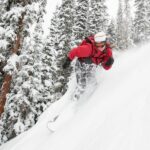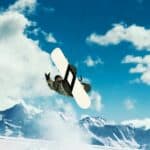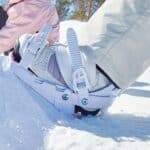Whether you are a beginner or an experienced snowboarder, knowing how to size your snowboard correctly is imperative.
While many factors go into your snowboard’s length, width, and style, several factors are pivotal to getting the correct board size.
Table of Contents
How to Size a Snowboard
Sizing your snowboard correctly depends in large part on your height, weight, and shoe size. Another critical factor is how you want to ride and the snowboard style and shape you wish to use. Freestyle riders will enjoy a shorter board, while free riders will desire a longer board.
Snowboard Relative to Your Height
Traditionally, measuring the snowboard relative to your height has been the most used measurement by snowboarders. Often, it is the only measurement used.
While I do not recommend only using the snowboard to height measurement, it is still valid. How you want to ride informs how long your snowboard should be.
For beginners or freestyle riders, a shorter board is preferable. This means the board should reach somewhere between the bottom of your neck and chin when standing on its end.
For those powder riders or those wanting lots of speed, a longer board is desirable. That means the board should reach at least to your nose to slightly over your head when standing on end.
However, for those of you who may be more technical, sizing charts that give recommendations on board length according to your height do exist.
Sizing your snowboard relative to your height is excellent. However, other factors should be taken into account to find the best board for you.
Snowboard Relative to Your Weight
Height is not the only parameter to use while figuring out the length of your snowboard. Your weight also plays a vital role in how long your snowboard should be.
In essence, heavier riders should have longer boards, while lighter riders should use shorter boards.
Heavier riders will need longer boards to help with stability and handling. A shorter board for a heavier rider could lead to the nose driving into the snow or even wiping out.
If a board is too long for a lighter rider, they can find that maneuverability is difficult. This difficulty in maneuvering can lead to crashes and loss of control.
So, beyond just measuring your height, it is crucial to consider your weight when selecting your snowboard.
Snowboard Relative to Your Foot Size
Another aspect of your snowboard that should never be neglected is the width of the board. I am not speaking of the thickness of the board, but the width of the area you stand on.
Ideally, your boots and bindings should just barely be wider than the thinnest part of the board. In essence, the toe of your boots should just barely pass the edge of the board.
Having the correct width of the board where your boots and bindings go is imperative for control.
If the board is too wide, then control is difficult. If it is too thin, then toe or heel drag becomes a problem.
Matching your foot size to the board is an essential aspect that beginners may often ignore. To have the best experience, check the width of your board to your boot size.
Board Style Relative to How You Ride
While beginners may not notice, snowboards vary in not only size but also shape and flexibility. These factors mainly depend on how you want to use your snowboard.
Below, we will briefly run down the most common types of boards.
Freestyle Boards
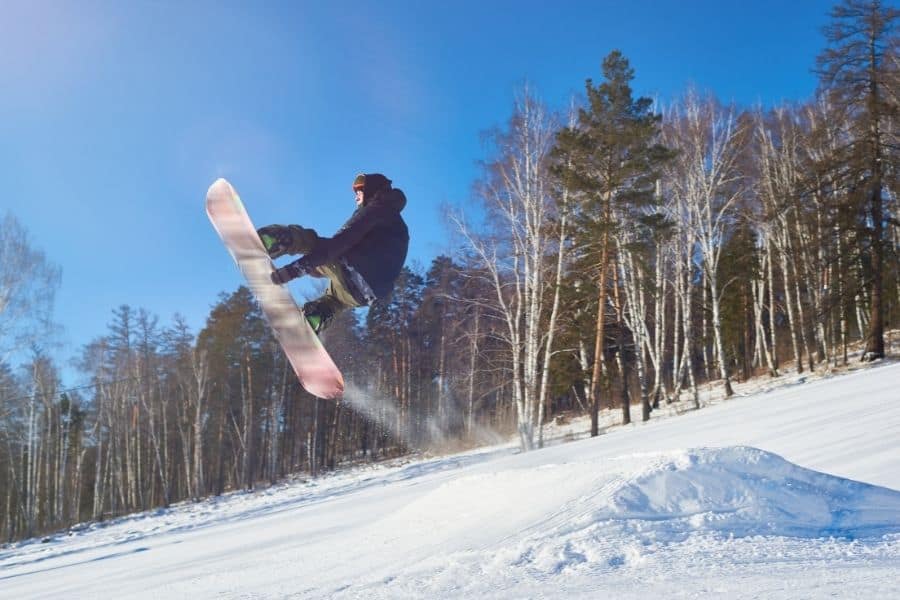
Freestyle snowboards are for those who want to hit the halfpipes, throw tricks off jumps, and grind down rails.
Compared to traditional boards, freestyle boards are shorter in length and are more flexible.
Freestyle boards are great for beginners because of the added control that the smaller length board provides. The shorter size allows beginners to acclimate to controlling the board more quickly.
All-Mountain Boards
All-Mountain Boards are the versatile style of the board.
If you want to belong anywhere on the mountain, whether throwing tricks in the pipe or thrashing the powder, then an all-mountain board is for you.
This type of board is fantastic for new riders because it can be used in all formats of snowboarding while the rider finds out where they will spend most of their time.
Freeride Boards
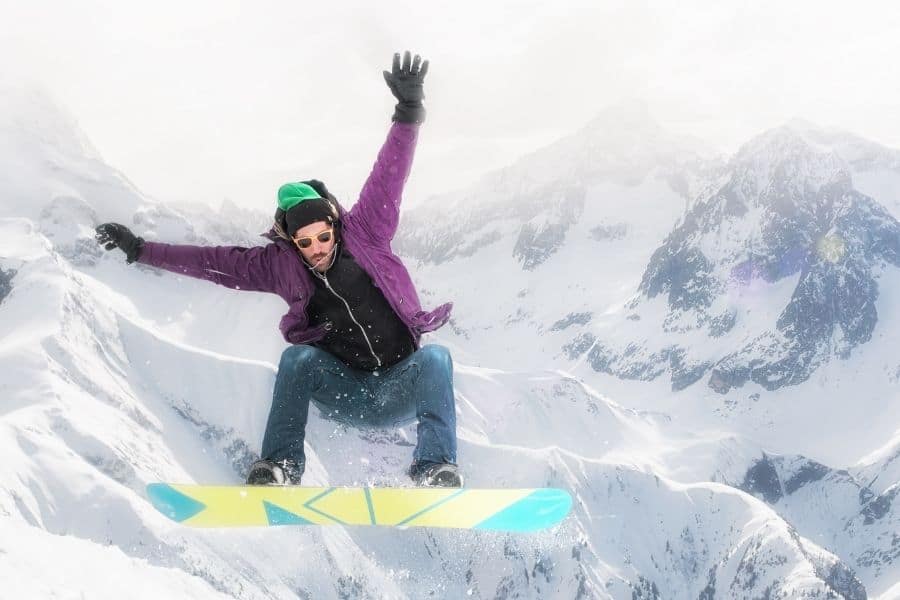
The freeride style of board is for powder purists. These snowboards are designed to shred the powder and are not for the park.
These boards are generally longer and designed to keep you afloat the thick powder runs. These boards also tend to be stiffer to help with stability on downhill rides.
Frequently Asked Questions about How to Size a Snowboard
What kind of board is best for short-light-weight individuals?
Matching the board to your height, weight, and boot size is ideal. However, for extremely petite and short adults, it may be best to look into boards sized for youth or kids.
Is there a point when a board is too long?
For extremely tall or heavy riders, it is important to try to find a board that will not be too sensitive to maneuver. Feel is what is important, and if the board is too long, it will be hard to maneuver.
Conclusion
As mentioned above, finding the type of board that fits your style and comfort level is key.
But, these recommendations regarding height, weight, boot size and style of riding are excellent points to start with when sizing up your snowboard.
Now get out there, enjoy yourself, and shred!

